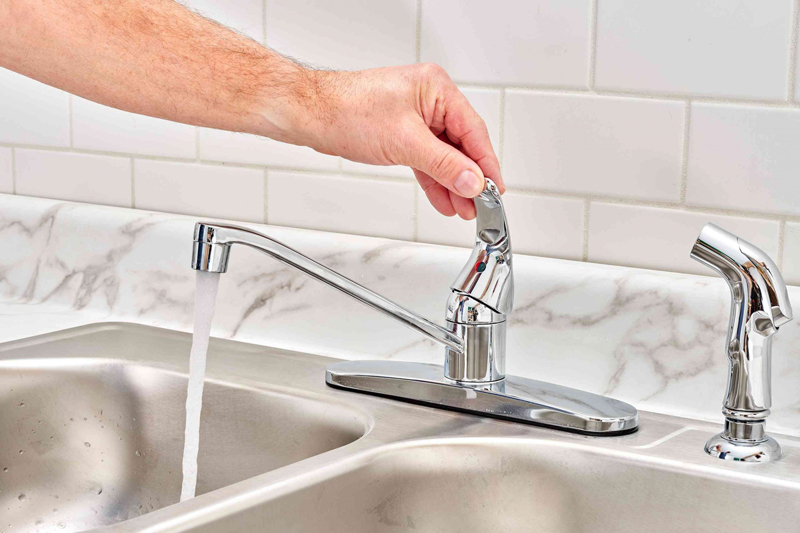A stiff faucet handle can be a frustrating inconvenience in any household. Whether it’s in the kitchen, bathroom, or elsewhere, a faucet that’s hard to turn not only makes daily tasks more challenging but can also lead to wear and tear on the fixture over time. Fortunately, addressing this issue doesn’t always require calling a plumber. With a few simple steps and basic tools, you can often fix a stiff faucet handle yourself. In this guide, we’ll walk you through the troubleshooting process to help you restore smooth operation to your faucet.
Identify the Type of Faucet:
Before you begin troubleshooting, it’s essential to identify the type of faucet you’re dealing with. The most common types are compression faucets, cartridge faucets, ball faucets, and ceramic disk faucets. Each type has its own mechanism for controlling water flow, and understanding how your faucet works will guide you in the repair process.
Turn Off the Water Supply:
Before you start working on the faucet, be sure to turn off the water supply to prevent any accidental leaks or water damage. Most faucets have shut-off valves located under the sink. Turn the valves clockwise to shut off the water supply.
Disassemble the Faucet Handle:
Once the water supply is turned off, you can begin disassembling the faucet handle to access the internal components. Use a screwdriver to remove the handle’s decorative cap or cover, then unscrew the handle to expose the valve mechanism underneath.
Inspect and Clean the Components:
With the handle removed, inspect the valve mechanism for any signs of damage, corrosion, or buildup. Mineral deposits, sediment, and debris can accumulate over time, causing the handle to become stiff. Use a clean cloth or brush to remove any dirt or debris from the valve components.
Apply Lubrication:
Lubricating the internal components of the faucet can help restore smooth operation. Apply a small amount of silicone-based lubricant or plumber’s grease to the valve stem, O-rings, and other moving parts. Be sure to use a lubricant that is compatible with the materials used in your faucet.
Replace Worn Parts:
If cleaning and lubrication do not resolve the issue, it may be necessary to replace worn or damaged parts. Common culprits include worn-out O-rings, damaged washers, or a faulty cartridge. Refer to the manufacturer’s instructions or consult a plumbing professional to identify the appropriate replacement parts for your faucet.
Reassemble the Faucet Handle:
Once you’ve cleaned, lubricated, and replaced any necessary parts, reassemble the faucet handle in the reverse order of disassembly. Tighten the screws securely, but be careful not to over-tighten, as this can cause damage to the components.
Test the Faucet:
After reassembling the faucet handle, turn the water supply back on and test the handle to ensure smooth operation. Turn the handle both clockwise and counterclockwise to check for any stiffness or resistance. If the handle moves smoothly and the water flow is consistent, you’ve successfully fixed the issue.
Consider Professional Help:
If you’re unable to resolve the problem on your own or if you encounter any complications during the repair process, don’t hesitate to seek professional assistance. A licensed plumber can diagnose the issue accurately and provide expert guidance on the best course of action.
Preventive Maintenance:
To prevent future issues with your faucet handle, practice regular maintenance and cleaning. Periodically check for leaks, drips, or signs of wear, and address any issues promptly to avoid more extensive repairs down the line. Additionally, consider installing a water filtration system to prevent mineral buildup and prolong the lifespan of your faucet.
In conclusion, a stiff faucet handle doesn’t have to be a permanent annoyance. By following these steps and troubleshooting tips, you can often resolve the issue yourself and restore smooth operation to your faucet. Remember to exercise caution when working with plumbing fixtures and always turn off the water supply before attempting any repairs. With a little effort and know-how, you can keep your faucet functioning smoothly for years to come.
 iVIGA Faucet Online Shop
iVIGA Faucet Online Shop

